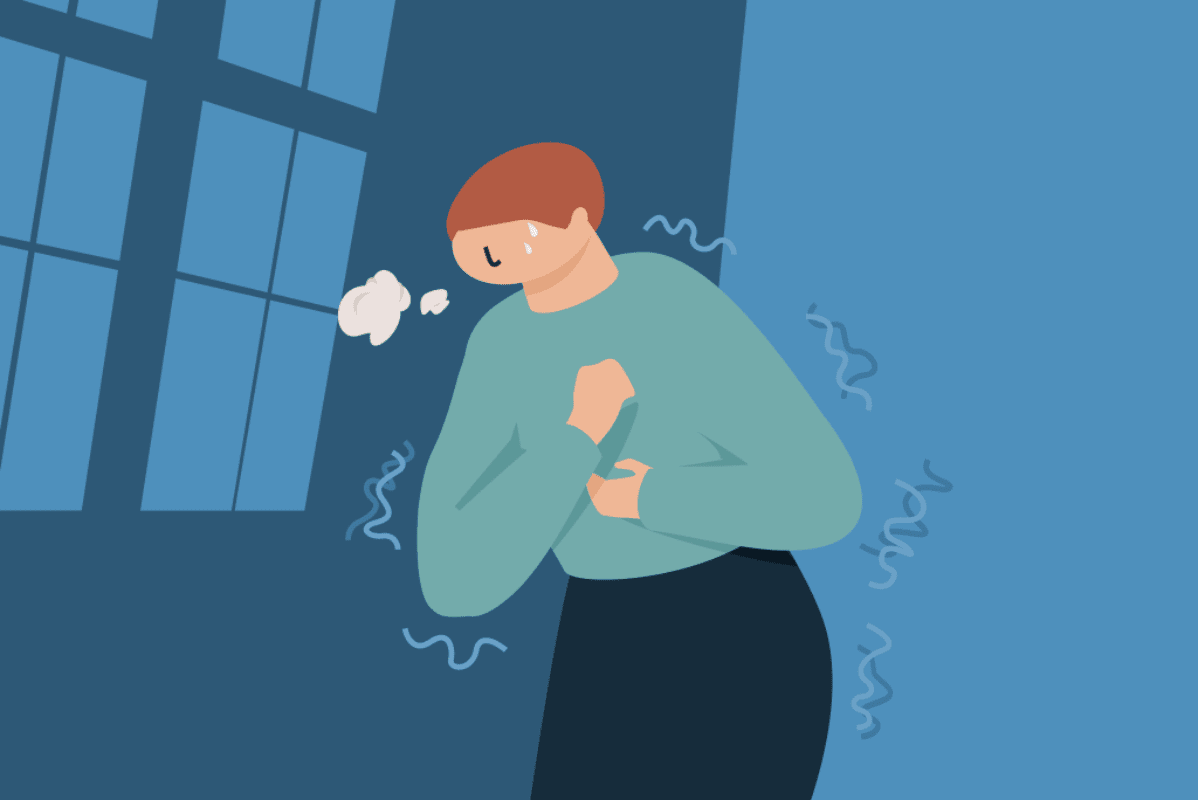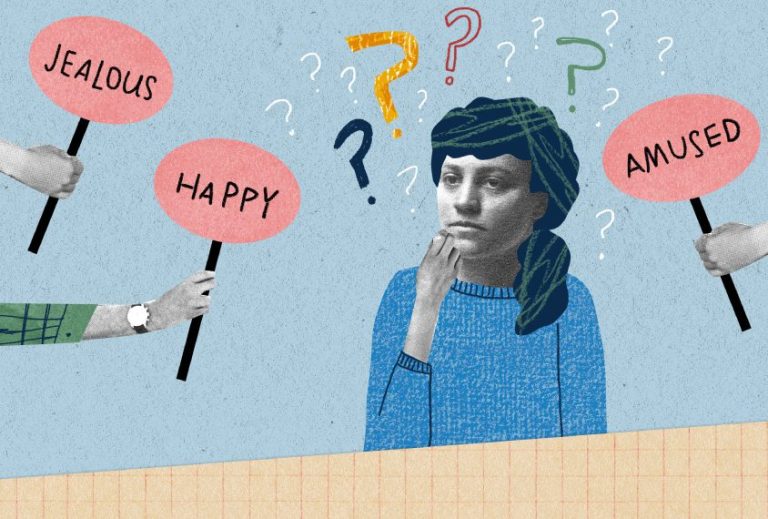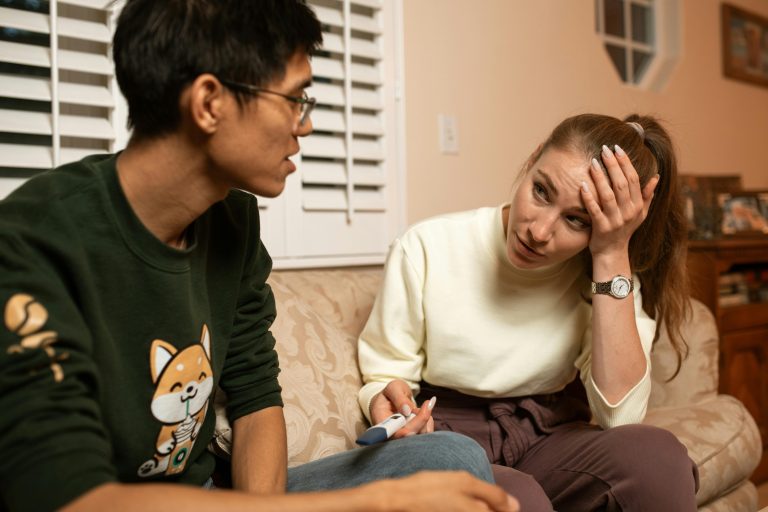Panic disorder
Panic disorder is an anxiety disorder characterized by unexpected and repeated episodes of intense fear accompanied by physical symptoms that may include chest pain, heart palpitations, shortness of breath, dizziness, or abdominal distress. These episodes occur ‘out of the blue’ and are usually not in conjunction with a known fear or stressor.
How do I treat Panic Disorder?
When it comes to treating panic disorder, the focus of therapy work is sometimes determined by the therapist’s orientation. I myself, although a Gestalt therapist by orientation, use a combination of CBT and the Gestalt approach. The CBT portion will be left out of the text that follows, as I think it’s already quite easy to find resources on this topic online (or I might leave it for another blog post). I will instead focus on the Gestalt portion since I find that the Gestalt focus on the importance of support and the therapeutic relationship, as well as its understanding of phenomenology, helps clients make sense of what is happening to them so they can integrate the experience into their life stories.
How does panic disorder feel?
When a panic attack occurs, the patient‘s habitual psycho-social and emotional landscape is completely shaken and turned upside down. It feels like a sudden collapse of all that which sustains us and makes us whole, of the ground beneath our feet, of everything we normally would take for granted (such as our breathing, heart-rate, etc). In fact, these prerequisites for us going about business as usual become the focal points of our attention. We start turning our gaze inward as we begin to wonder about the things, we usually take for granted: „Am I breathing properly? Will my legs be able to carry me? Will my heart keep beating? Am I reasoning properly“. After the first panic attack, we begin to lose faith, and the fear of further attacks sets in so we seek to steer clear of situations that might be similar to the one in which the original one took place.
When is panic disorder onset?
People usually experience their first panic attack between late adolescence and the age of thirty-five. This is usually a period of transition and acquiring an increased level of independence and separateness. For instance, when we enter the process of leaving our family nest, we are faced with the huge task of breaking down and restructuring our base, our ground. Seen this way, we could say that persons suffering from panic attacks are suspended between past networks of belonging (which no longer offer the same amount of support), and future networks of belongings which have yet to become supportive. Panic attacks most likely strike when the subject‘s autonomy increases in disproportion to the support provided by his or her networks of belonging.
What causes panic disorder?
This is often triggered by a loss that is independent of the subject‘s intentionality – for example, by a loss of a significant other (a sudden end of a relationship, the loss of a parent…). This shakes the subject, and precisely at the very moment when they were striving for more autonomy, leaving them confused and wondering what‘s happening and why they feel a sudden need for more support. This is also in great opposition to the prevailing narrative of our „narcissistic culture“, as Lasch (1978) calls it, that tells us „You mustn‘t count on anyone else“ and „You‘ve got to make it on your own“.
It is the therapist’s job to then help the client move away from the existing relationships, and to find solace in, not only himself but in building new pathways and bridges to others, starting with the therapeutic relationship itself. In order to find support in him or herself again, the client first needs to find a way to relax into belonging and connecting with others. Autonomy feeds on dependence, we can‘t have one without the other. It‘s the same with small children, we need to belong somewhere, and we need to connect first, in order to be able to separate and leave later, and in a way that allows us to take something nurturing with us.
How to support someone with Panic Disorder
It‘s also crucial to help clients make sense of their symptoms. To find a connection between their physical symptoms and their fear; to connect that fear with a sort of pain they have within themselves; to help them reconstruct their networks of belonging and ways of finding support; to help them go from this new way of belonging into separation and independence. Clients often feel disoriented in this new and scary world they‘re thrown into with the onset of symptoms. It‘s important to help them find words to describe these experiences, and to help them reconstruct the „before“ and the „after“ of the panic attack, so it wouldn‘t just be an interruption or an isolated event in their lives. It should, instead, be seen as part of our experience, a result of experiential circumstances which formulate a pathway to panic.
We can help the client by gradually locating panic within their biography, so that it becomes a figure which emerges naturally, even obviously, from their life experiences. A turning point in therapy is when the patient exclaims „Now I understand that it isn‘t so strange that I‘m suffering from panic attacks!“. At this moment, panic is no longer a suspended figure, without meaning. It is instead recognised as an expression of the individual’s personal history and life experience. The patient will now finally be able to recognise the symptoms of panic as representing an expression of a need for something different in their lives, as opposed to a crisis of physical health.
If you think that you can benefit from professional support on this issue you can reach out here.
Branka Mlinar is a psychologist and Gestalt therapist offering psychotherapy and counselling to adolescent and adult individuals. She’s mostly worked with problems of anxiety, interpersonal and relationship issues, procrastination, work-related stress, trauma, and grief.
References:
Francesetti, G. (2007). The phenomenology and clinical treatment of panic attacks. Panic attacks and postmodernity: Gestalt therapy between clinical and social perspectives, 64-134. Francesetti, G., Gecele, M., & Roubal, J. (2013). Gestalt therapy approach to psychopathology. Gestalt Therapy in Clinical Practice. From Psychopathology to the Aesthetics of Contact; Francesetti, G., Gecele, M., Roubal, J., Eds, 59-76.







